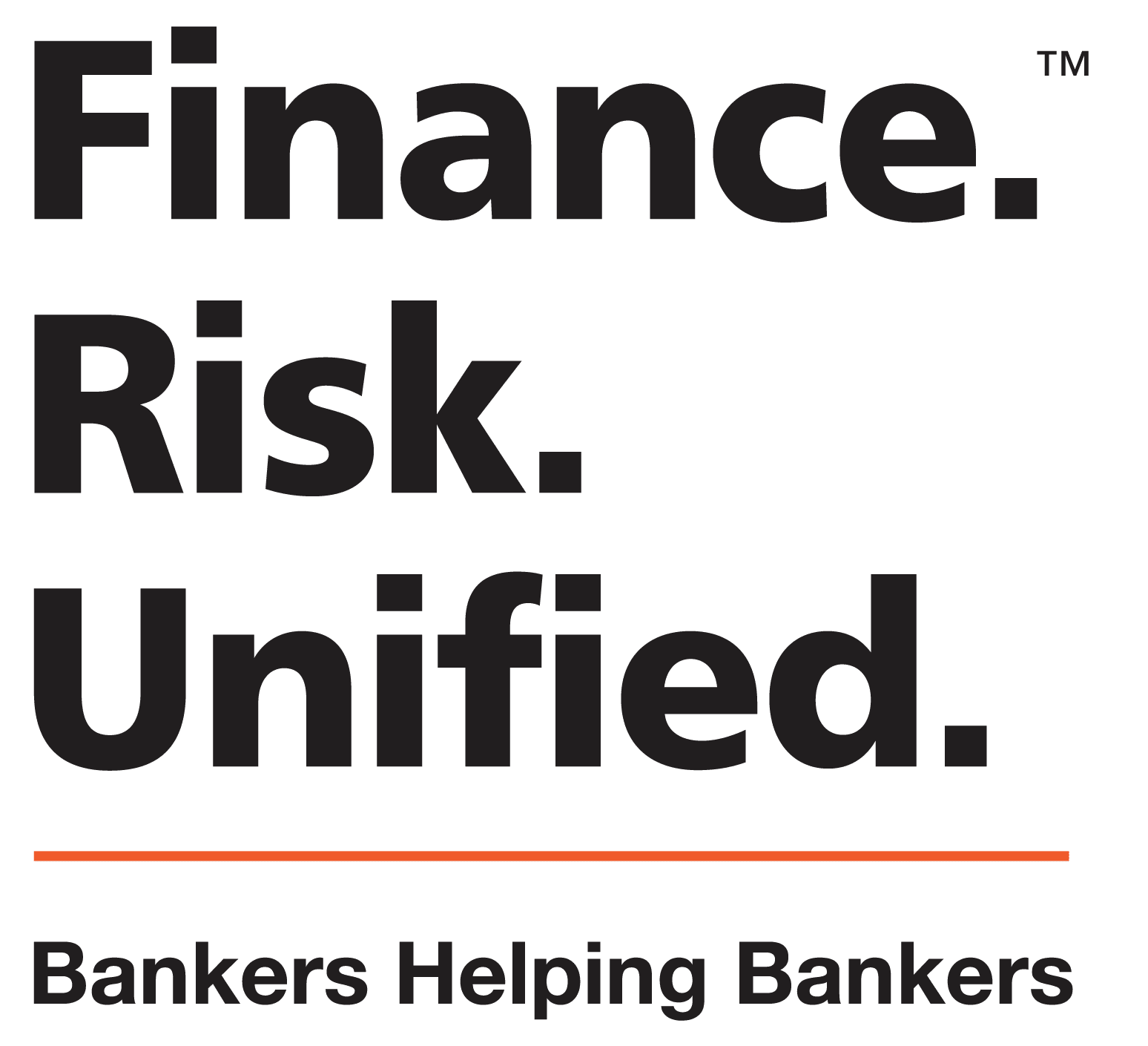
Get Out of React Mode by Integrating Finance and Risk in These Key Areas
To navigate today’s ever-changing headwinds, growth-oriented banks can make opportunistic and strategic decisions by managing financial data and quantifying their risks in a unified way.
Brought to you by Finance.Risk.Unified

•This is an updated version of an article that was originally published on Aug. 4, 2023
Banks depend on financial reporting and performance metrics to help manage risk, but the data held by the typical community or regional bank is usually scattered across multiple systems and spreadsheets. And rarely is it incorporated effectively into the risk-management process. As a result, bank executives often lack the visibility they need to pursue strategic growth opportunities.
Bank risk data is often uncoordinated and confusing, due to disjointed risk-management processes and poor communication flows. Without an understanding of the bank’s risk appetite, employees can view risk as something to react to, not a discipline that can power strategic decision-making across the entire enterprise.
The largest banks have comprehensive tools, reporting systems and dashboards that allow leaders to pilot the enterprise in a coordinated manner. Until recently, small and mid-sized banks seeking similar agility have been challenged by technology that has been too-expensive or -difficult to implement.
Now that is changing, thanks to new tools that allow banks of all sizes to view finance and risk on a unified platform. Such platforms can allow banks to leverage financial data to provide a clearer visibility into risk and use those insights to inform strategy.
Here are seven key benefits integrating finance and risk:
1. Enhance Strategic and Financial Management
With risk integration, banks can generate rolling forecasts, and projecting both short- and long-term financial performance. They also can streamline budgeting and reporting processes, incorporate branch, board and external reporting and combine forecasting and strategic planning.
2. Define Risk Appetites
A risk appetite framework can help boards and management define and manage the levels and types of risk they are willing to take to achieve the bank’s strategic objectives. An aggregate view of risk can allow executives to create a dynamic structure that incorporates internal and external changes into risk profiles.
3. Identify Key Risk Indicators
Key risk indicators (KRIs) measure and indicate changes in the impact or likelihood of a risk against a risk tolerance range or threshold. Aligned with the bank’s risk process, KRIs not only define a bank’s risk capacity and serve as early indicators of risk profile changes.
4. Predict Expected Credit Losses
Banks that can accurately assess credit risk with scorecards are able to rate both the borrower and collateral, and to quantify expected losses for risk rating, pricing and portfolio risk management purposes. This allows executives see the potential impact of charge-offs and loan-loss provision while identifying higher risk profile segments of the loan portfolio. Good credit portfolio analytics can allow banks to be proactive instead of reactive.
5. Strengthen Stress Testing
Banks that consolidate risk and finance can simulate prospective economic scenarios and see the potential impact on capital and financial performance, while gaining visibility to the organization’s risk profile. If the bank grows too quickly, will it run out of liquidity and capital? What will happen to credit risk exposures if the economy slows or interest rates increase?
6. Improve Monitoring and Visibility
Comparing the bank’s risk appetite and enterprise risk profile with its strategic plan and movements such as loan performance, analytics and branch reporting can make organizational decision-making more agile. Capturing instrument-level loan and deposit data and customer activity can help analyze profitability and reveal the pathway to growth.
7. Accelerate Reporting
Integrating finance and risk with graphical and intuitive interfaces, as well as operating, performance and risk metrics, can streamline management of the day-to-day business.
Embracing automation to unify real-time financial optimization and risk quantification can empower banks of all sizes to better understand their risk outlooks and use shared and goal-oriented risk language and KRIs to plan for the future.
Breaking Free From React Mode
Combining risk and finance on one fully-unified, -quantified and -compliant platform can help a bank better understand its risk exposure and credit outlook, providing management and the board with the freedom and visibility to better navigate risks, identify strategic opportunities, and achieve key growth-oriented goals.



